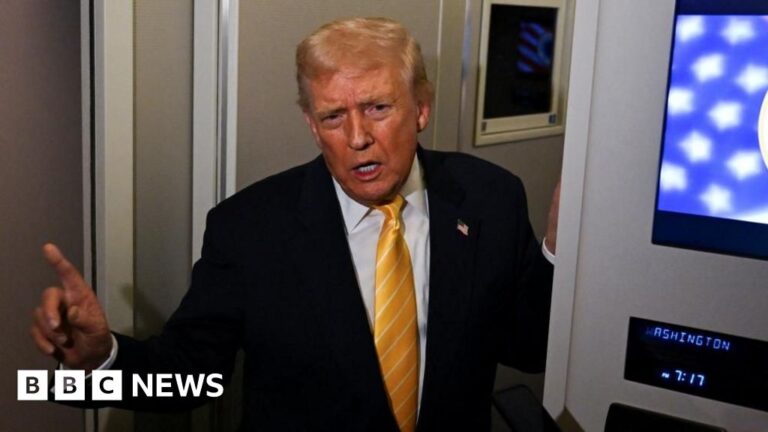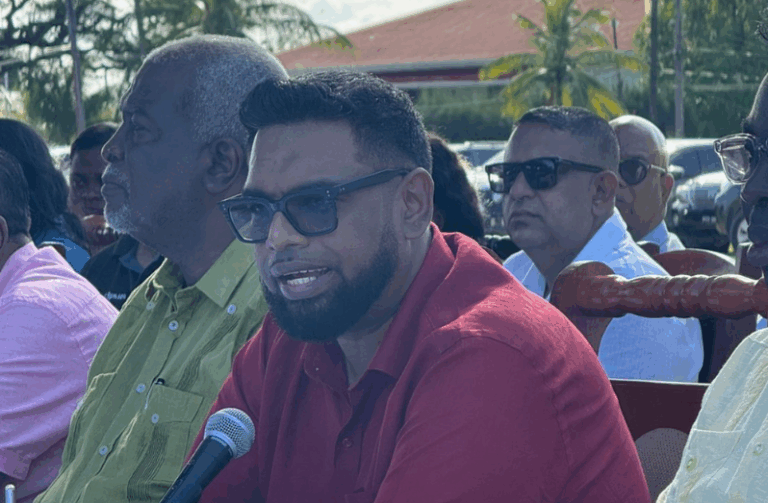
The latest tariff suggestions from US President Donald Trump have left Asia in a state of uncertainty, particularly for Japan, which is considered a key ally. Prime Minister Shigeru Ishiba criticized the proposed 25% tariff on Japanese goods, which complicates efforts to secure concessions for its struggling automotive sector. Despite numerous visits by Japan’s trade minister to Washington, talks have yielded minimal results, and Japan has recently joined a group of 23 nations facing tariff threats, with 14 of them located in Asia.
Trump’s unfolding tariff strategy extends to other countries as well, with Canada confronting a steep 35% levy on imports. While Trump maintains the tariffs could decrease inflation, countries have until August 1st to negotiate terms, although hopes seem dim following Japan’s difficulties. The temporary extension allows nations like Thailand and Malaysia to seek solutions amidst increasing US-China tensions.
Experts believe that complex trade agreements will require time to navigate, especially regarding transshipped goods. Tariffs, while seeming like a negotiating tool, pose a threat to global trade, impacting numerous businesses and consumers worldwide. Some nations, particularly Vietnam and Cambodia, are more vulnerable due to their dependencies on exports, whereas developed nations like South Korea and Japan might withstand the fallout more effectively. India, sitting at the margins, faces delays in negotiations primarily due to market access issues.
Source: www.bbc.com






